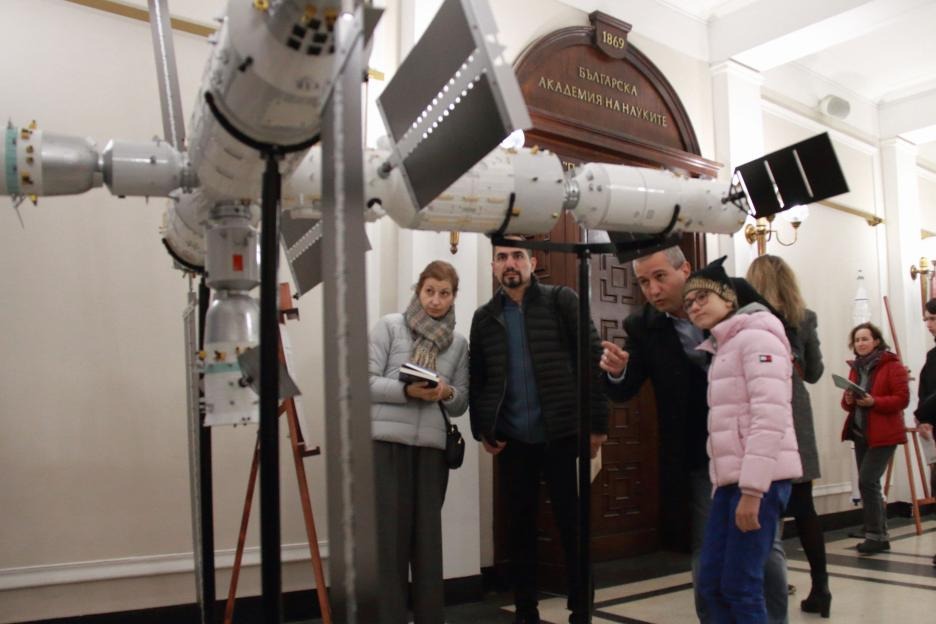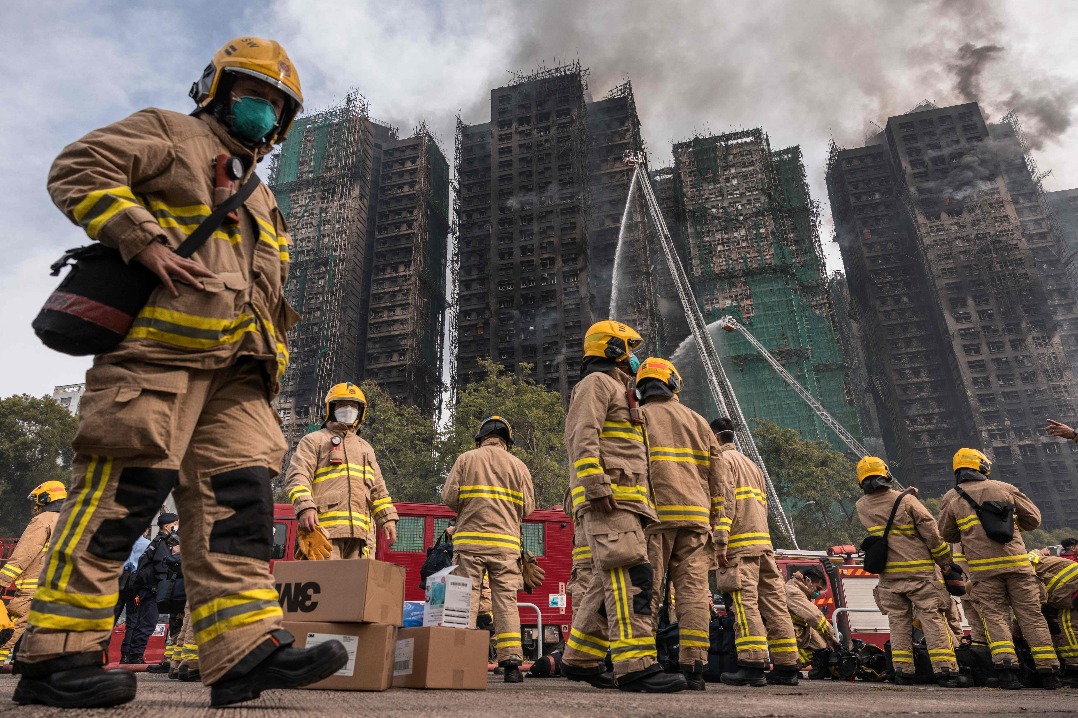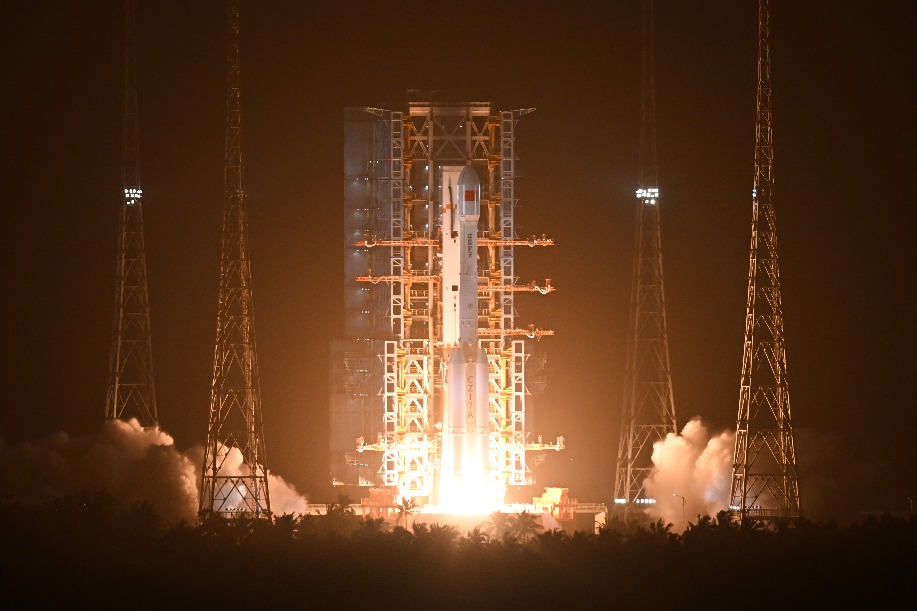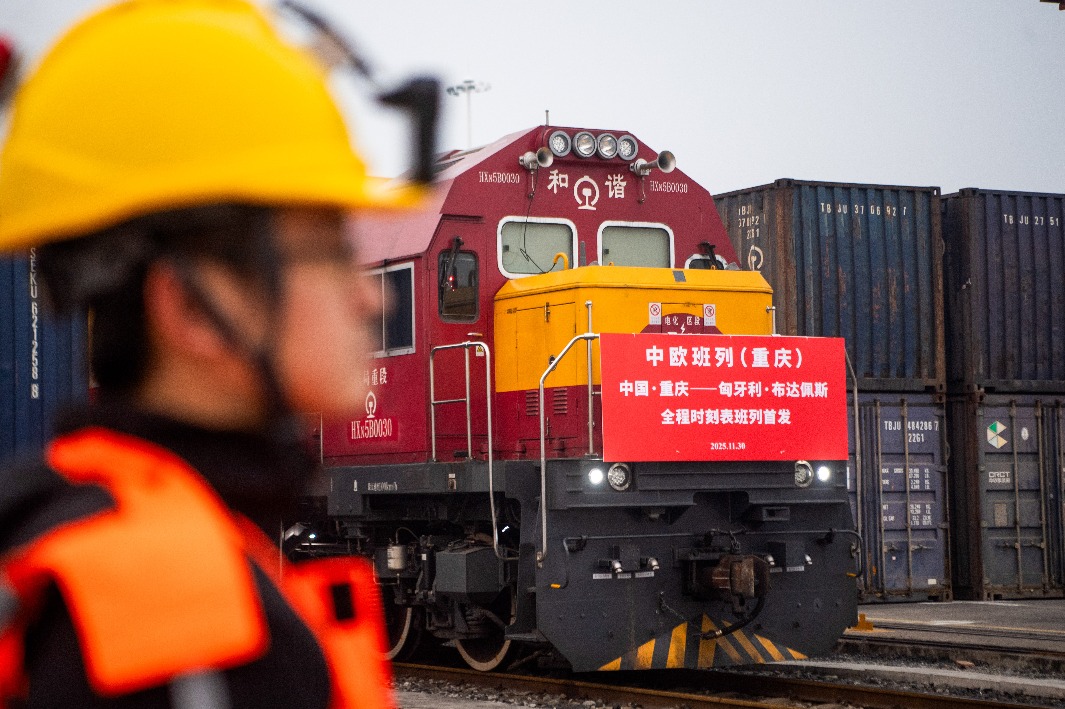In Beijing, new wrinkles for subway station names

Some Beijing subway lines recently adopted new translations of station names, arousing some hot public discussion. Comments from netizens are being collected and forwarded to officials, with the aim of making things easier for international passengers.
Most of the names of Beijing subway stations are translated into Chinese pinyin, with some English directions abbreviated in brackets after the pinyin.
"As an international exchange center for the nation, Beijing's global image is forged by many details in its public facilities. This requires that the city government considers both its domestic and overseas residents," said Dong Liping, a startup company co-founder.
"After all, translation of the station names aims to help foreigners," she said. "As long as it can realize its function, it will work."
Among the new names, the translation changing the former word "station" to Chinese pinyin "zhan" has resulted in some public disagreement, especially among netizens. Many netizens suggest it is easier for a foreigner to understand "station" rather than "zhan".
The official Weibo account of the Beijing subway replied swiftly, saying that the city authorities unified the standard on the translation of subway station names in the last year, which led to new translations of some stations recently.
"I would say changing the translation is more confusing to me," said Adriana Toste, a student from the United States who has been living in Beijing. "As a foreigner, I am more familiar with the word 'station', so I think changing it to pinyin would have a negative effect for me."
David Henneberry, an American professor, said, "It would be harder for foreigners to understand 'zhan'. Of course, people would catch on pretty quick, but initially it would be a little more difficult."
Beijing has published its first regulation on English translation of public locations with bilingual names in 2006. As the number of subway lines increased in the city, the authority met more complicated situations in naming the stations.
In December 2017, China adopted standards on English translation for public areas that required pinyin in accordance with the country's Regulations on the Management of Geographical Names and the Chinese Pinyin Scheme.
In 2018, Beijing began a shift to new national standards, when many new subway lines were put into use. This resulted in some stations having two different English translations.
Li Jiawen contributed to this story.
- Employee sorry for leaking pop star's rehearsal clips
- Shanghai ready for 2025 version of E-sports Masters
- New 'eco-police' system to be set up by 2027
- Hebei cooperative's cabbage proving a hit across China
- Kunming rail accident spurs safety overhaul nationwide
- Embroidery proving major draw at bustling Guizhou market





































